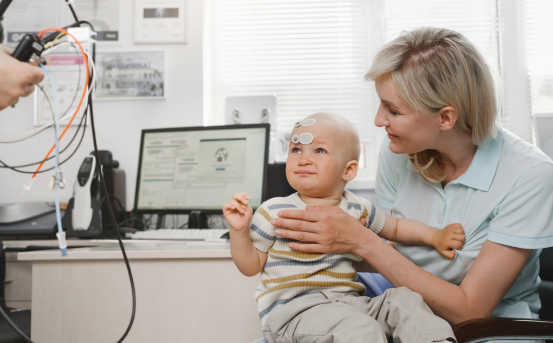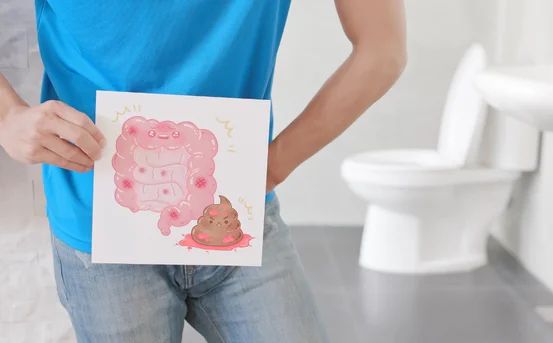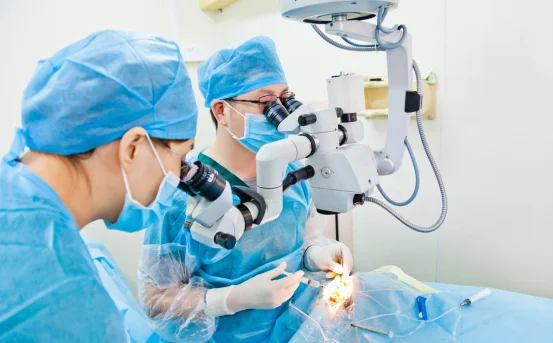Pediatric cardiac catheterization is a crucial diagnostic and sometimes therapeutic procedure used to assess and treat various heart conditions in children. While the idea of a heart-related procedure can be alarming for parents, understanding the symptoms that may indicate the need for pediatric cardiac catheterization can help in timely diagnosis and intervention. This guide explores the key symptoms, reasons for referral, and how the procedure works helping you make informed decisions about your child’s heart health.
The heart is one of the most vital organs in the human body, and when it comes to children, any potential heart issue can be especially alarming for parents. Pediatric heart conditions whether congenital (present at birth) or acquired can affect a child’s growth, energy levels, and overall development. Detecting and diagnosing these issues early can make a significant difference in the child’s long-term health. One of the most advanced tools available to pediatric cardiology for diagnosing and even treating heart conditions is cardiac catheterization.
What is Pediatric Cardiac Catheterization?
Pediatric cardiac catheterization is a minimally invasive procedure used to diagnose and sometimes treat heart conditions in children. It involves inserting a thin, flexible tube (catheter) into a blood vessel usually in the groin, arm, or neck and threading it to the heart. Once the catheter reaches the heart, doctors can :-
-
Measure blood pressure and oxygen levels
-
Take blood and tissue samples
-
Inject contrast dye to view heart structures (angiography)
-
Repair certain congenital heart defects
Why is Cardiac Catheterization Recommended for Children?
Doctors may recommend cardiac catheterization to evaluate congenital heart defects, valve problems, or abnormal heart rhythms. In many cases, the procedure provides vital information not easily obtained through non-invasive tests like echocardiograms or MRIs. It may also be used to treat conditions such as:
-
Atrial septal defects (ASDs)
-
Ventricular septal defects (VSDs)
-
Patent ductus arteriosus (PDA)
-
Pulmonary stenosis
-
Coarctation of the aorta
Early detection and treatment can significantly improve a child’s prognosis. That’s why it’s essential to recognize symptoms that may warrant further cardiac evaluation.
Common Symptoms Indicating Pediatric Cardiac Catheterization
Here are some of the key symptoms that may prompt a pediatric cardiologist to consider cardiac catheterization for your child :-
Cyanosis (Bluish Skin Tone)
Cyanosis occurs when the body does not get enough oxygen-rich blood, often due to congenital heart defects. If your child’s lips, fingernails, or skin have a bluish tint especially during feeding, crying, or physical activity it may indicate poor oxygenation and warrant further investigation.
Associated Conditions :-
-
Tetralogy of Fallot
-
Transposition of the great arteries
-
Tricuspid atresia
Rapid Breathing or Shortness of Breath
Persistent or labored breathing, especially when a child is at rest or during mild activity, could be a sign of heart issues. This symptom is often seen in infants while feeding or in toddlers during play.
Possible Causes :-
-
Congestive heart failure
-
Structural heart abnormalities
-
Pulmonary hypertension
Poor Weight Gain or Failure to Thrive
Babies and young children with heart conditions may have difficulty gaining weight, despite feeding well. This is because their heart works harder to circulate blood, using up more energy.
Possible Indicators :-
-
Ventricular septal defect (VSD)
-
Large patent ductus arteriosus (PDA)
-
Left-to-right shunt lesions
Excessive Sweating, Especially During Feeding
Feeding is a physically demanding activity for infants. If your baby sweats excessively during feeds or appears unusually tired or breathless afterward, it might point to a cardiac issue.
Linked Conditions :-
-
Heart failure
-
Cardiomyopathy
Fatigue and Reduced Activity Level
Older children with heart defects may complain of feeling tired all the time or may avoid physical activity due to fatigue. This can also lead to poor school performance or reduced social interaction.
Common Underlying Issues :-
-
Valve disorders
-
Congenital heart disease
-
Atrial or ventricular arrhythmias
Heart Murmurs
While not always a cause for concern, some heart murmurs detected during routine check-ups may indicate an underlying defect. If a murmur sounds abnormal or is accompanied by other symptoms, your pediatrician may refer your child for cardiac catheterization.
Potential Conditions :-
-
Septal defects
-
Valve stenosis or regurgitation
Chest Pain or Palpitations
Though rare in very young children, chest pain or a fluttering sensation in the chest (palpitations) could suggest an arrhythmia or structural heart issue, particularly if it occurs during physical exertion.
Possible Causes :-
-
Supraventricular tachycardia (SVT)
-
Long QT syndrome
-
Cardiomyopathy
Swelling in the Legs, Abdomen, or Around the Eyes
Fluid retention is another indicator of heart failure in children. Look out for puffiness around the eyes, swollen legs, or a distended abdomen.
Possible Conditions :-
-
Dilated cardiomyopathy
-
Restrictive cardiomyopathy
Frequent Respiratory Infections
Children with undiagnosed heart defects may experience frequent respiratory infections or pneumonia due to fluid accumulation in the lungs or reduced immune response.
Likely Causes :-
-
Left-to-right shunt lesions
-
Increased pulmonary blood flow
When to See a Pediatric Cardiologist?
If your child exhibits one or more of the symptoms listed above, especially in combination, it’s important to consult a pediatrician who may refer you to a pediatric cardiologist. A detailed evaluation may include :-
-
Chest X-ray
-
Echocardiogram (ECHO)
-
Electrocardiogram (ECG)
-
Cardiac MRI
-
Cardiac catheterization
What Happens During Pediatric Cardiac Catheterization?
The procedure typically takes a few hours and is performed under general anesthesia. Here’s what to expect :-
-
Preparation :- Your child will be sedated, and the entry site will be cleaned and sterilized.
-
Catheter Insertion :- A catheter is inserted into a vein or artery and guided to the heart using fluoroscopy (live X-ray imaging).
-
Assessment or Treatment :- Dye may be injected to visualize the heart’s structure, and pressure or oxygen levels are measured. Sometimes, therapeutic interventions (like balloon dilation or device closure) are also performed.
-
Recovery :- After the procedure, your child is monitored in a recovery area for several hours or overnight.
Risks and Safety Considerations
Pediatric cardiac catheterization is generally safe, especially in experienced pediatric centers. However, potential risks include :-
-
Bleeding or bruising at the catheter site
-
Allergic reaction to contrast dye
-
Arrhythmias
-
Infection
-
Rarely, damage to blood vessels or heart structures
Your medical team will explain all possible risks and take precautions to ensure your child’s safety.
Conclusion
Recognizing early symptoms of heart problems in children is vital for timely diagnosis and intervention. Pediatric cardiac catheterization is a valuable tool that helps diagnose and treat a variety of heart conditions, often preventing the need for open-heart surgery. If your child shows signs like cyanosis, rapid breathing, poor weight gain, or excessive fatigue, don’t ignore them. Consult your pediatrician promptly for evaluation.























